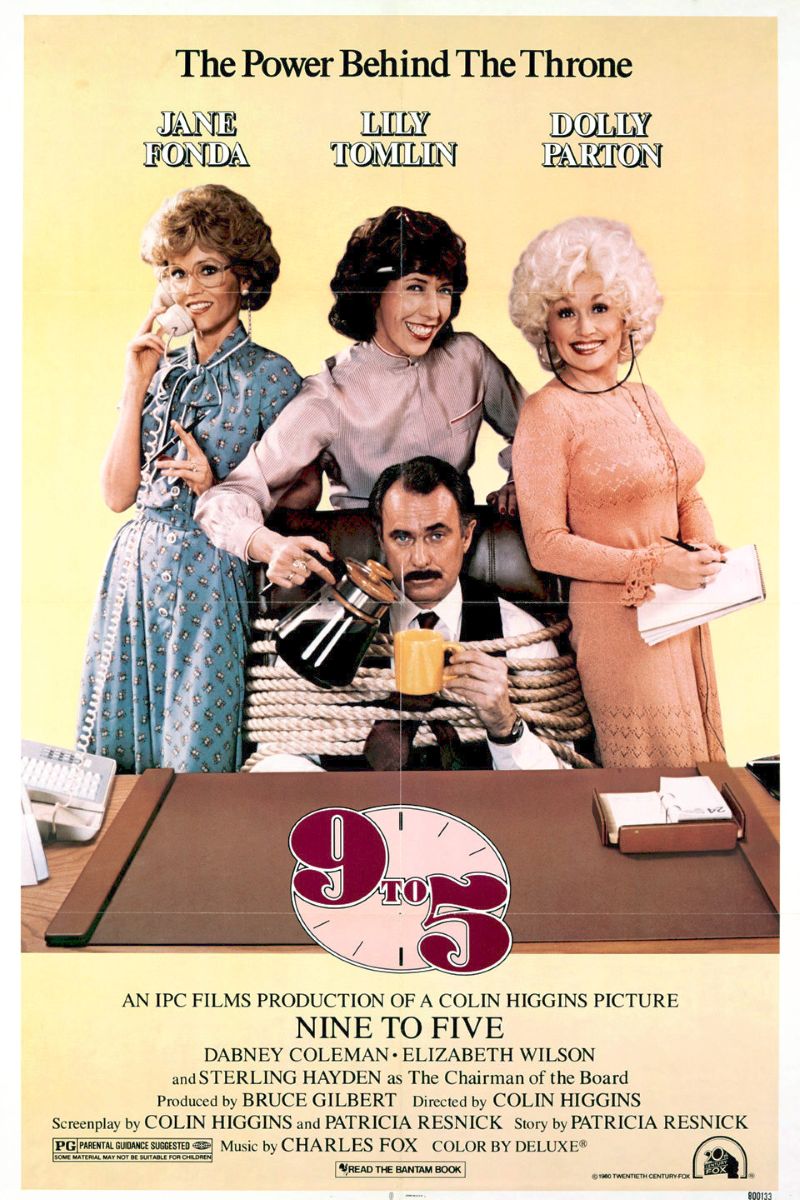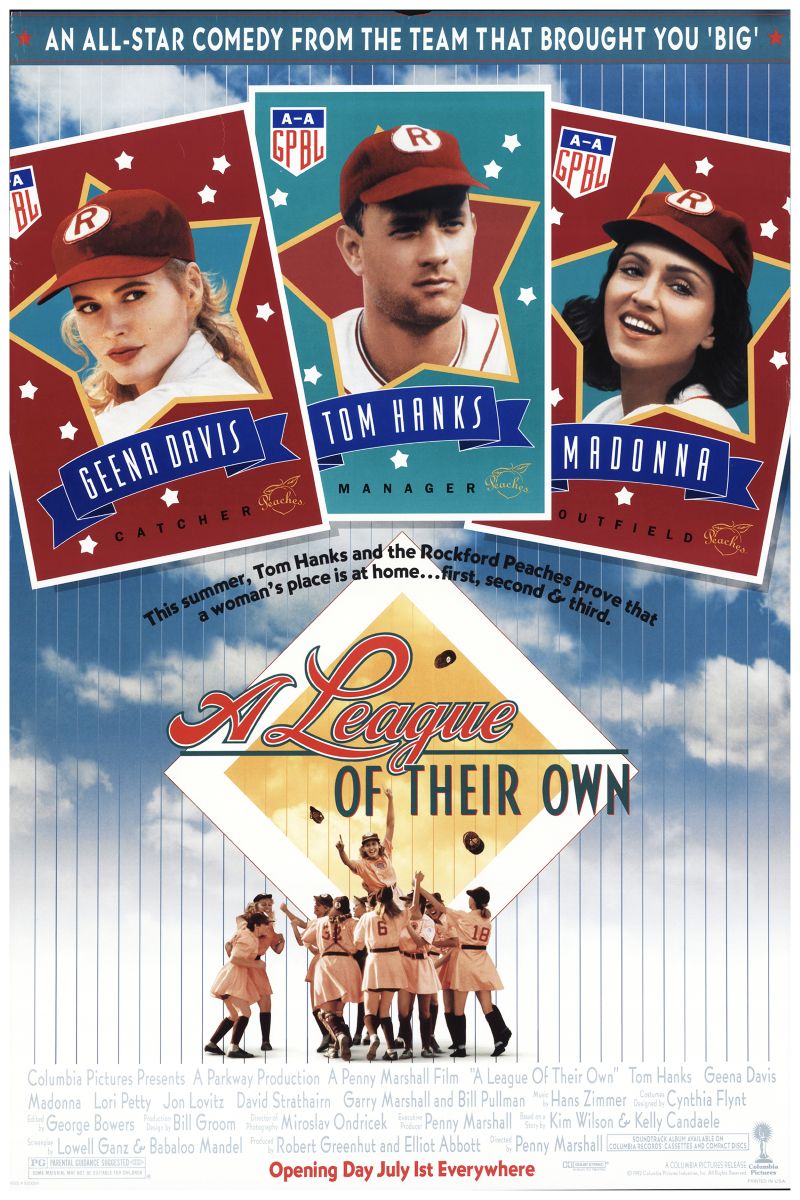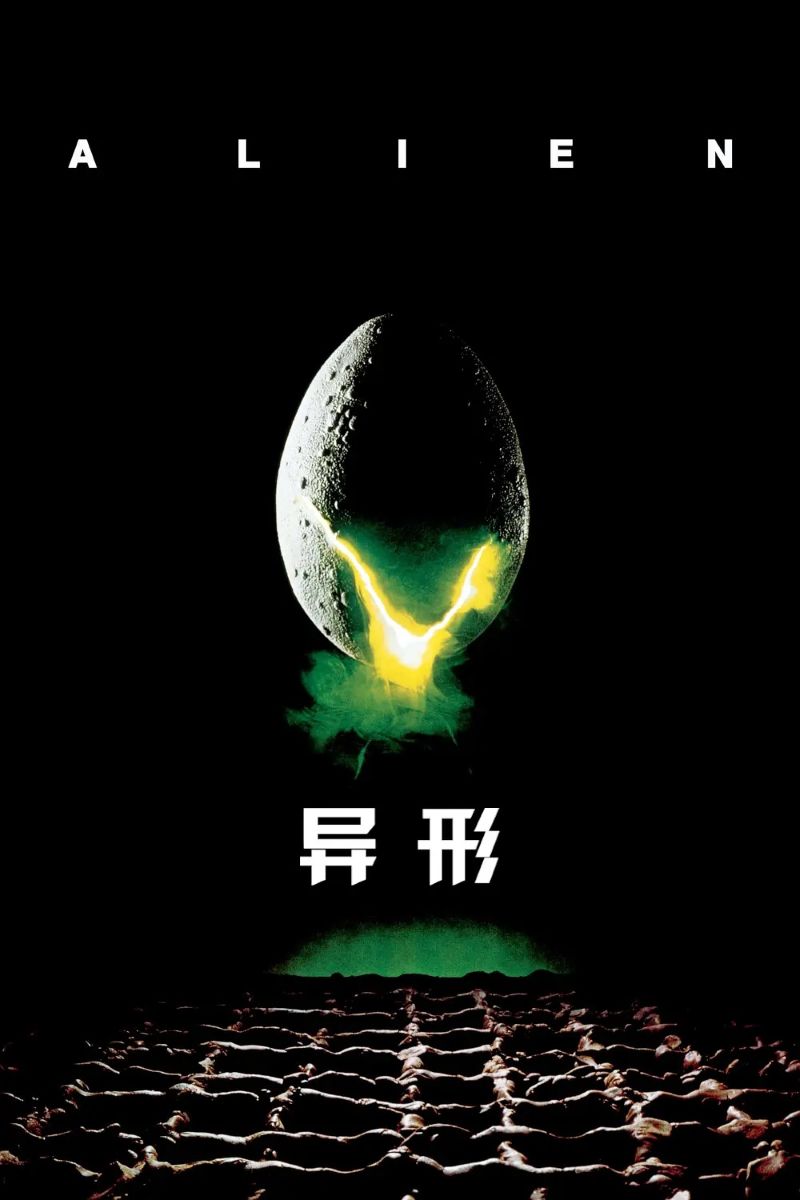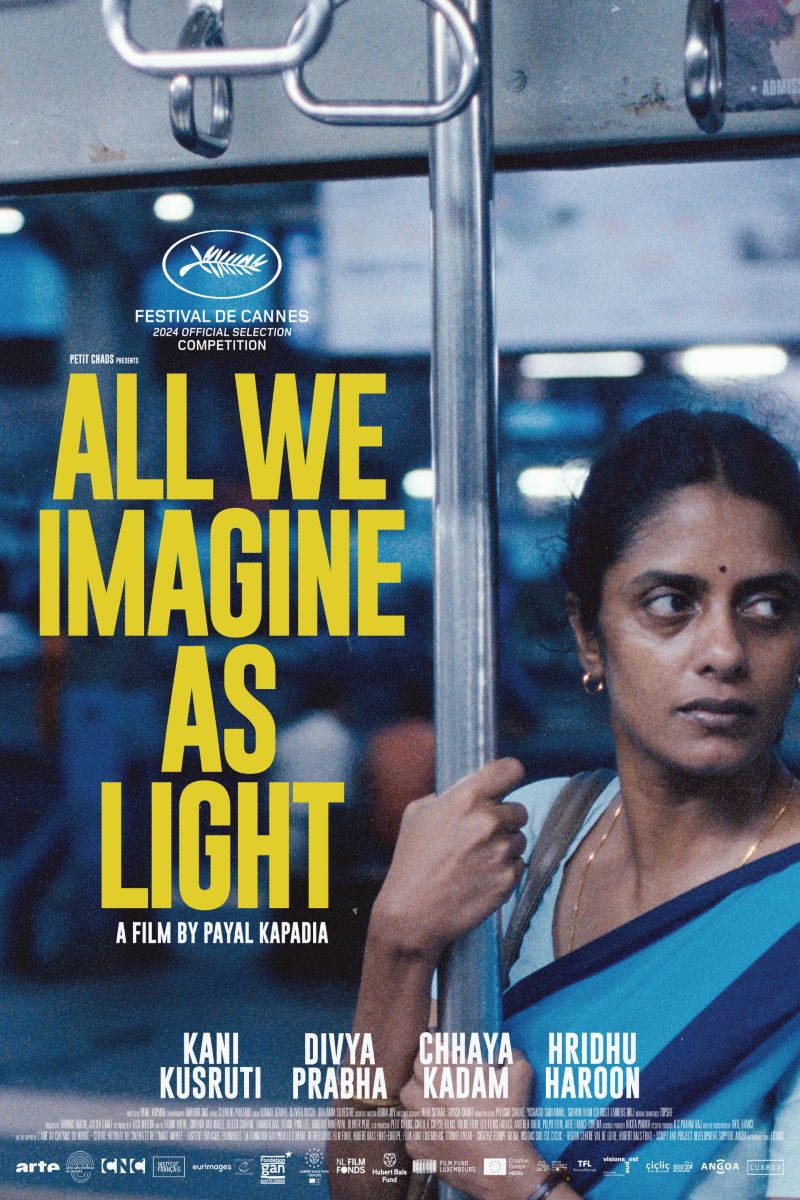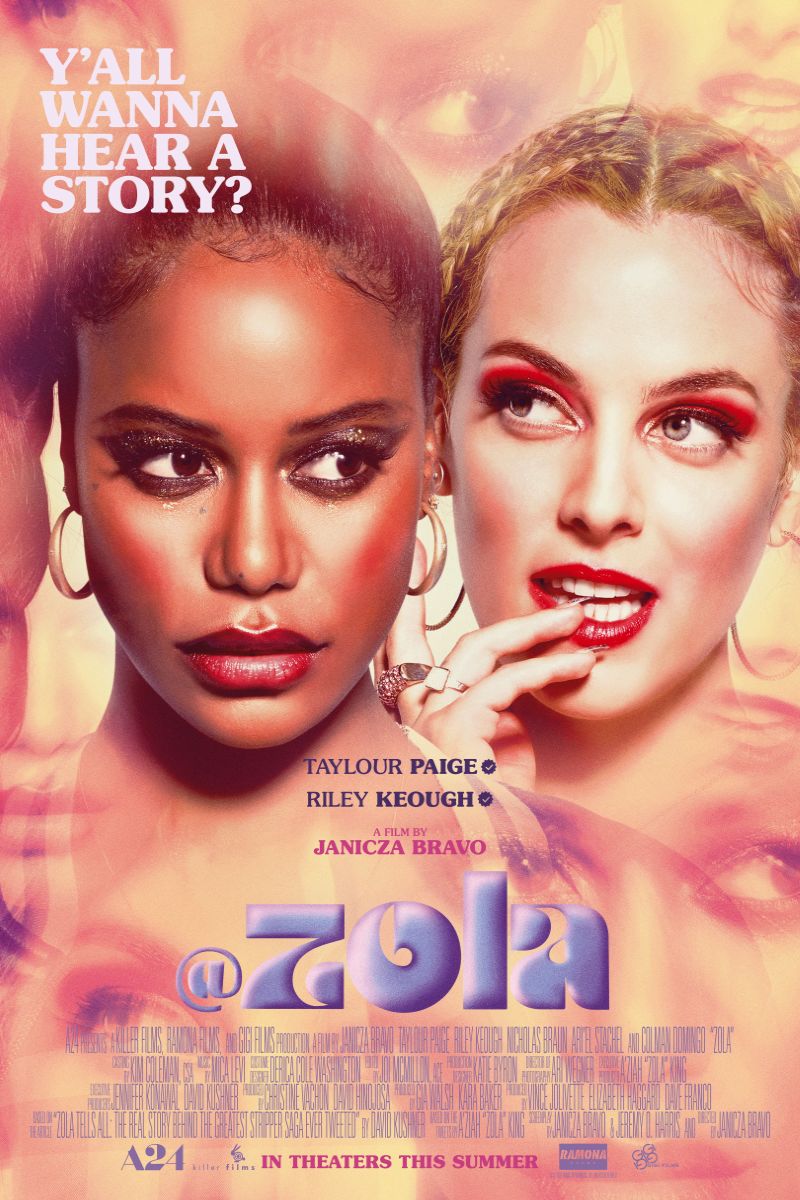
Zola
Zola
Based on A'Ziah King's viral Twitter story, follows part-time stripper Zola who is convinced by her new friend to go on a road trip to Tampa to earn money dancing, only to get trapped in a sex work situation. This black comedy explores the complex realities of sex work, racial dynamics, female agency, and narrative truth in the social media age through Zola's perspective.
主演
🎥 影评与解读
Zola is director Janicza Bravo’s black comedy crime film adapted from A’Ziah “Zola” King’s viral Twitter story, a work that uses unique visual style and narrative technique to deeply explore the complex realities of sex work, intersectional oppression of race and gender, female agency in the digital age, and questions of narrative authenticity in social media. Through Zola’s (Taylour Paige) nightmare journey from Detroit to Tampa, the film serves both as a defense of sex workers’ dignity and a sharp critique of racial, class, and gender power dynamics.
From a sex worker rights perspective, Zola’s most revolutionary contribution lies in its non-moralizing treatment of sex work. The film clearly expresses the position that “sex work is not only work but some of the hardest work out there,” depicting sex workers as “living, breathing individuals, glittered and pastied, just hustling to make ends meet.” Zola, as a part-time stripper, demonstrates understanding and professional attitude toward the industry that contrasts with Stefani’s (Riley Keough) amateur and dangerous behavior. The film showcases the skill, professionalism, and labor value of sex work, challenging social prejudices that simply moralize it.
The film’s portrayal of intersectional racial and gender oppression carries deep political significance. Director Bravo explicitly defines Stefani’s character as “essentially a minstrel. She is wearing a ‘blaccent’. She is putting on a manner and mannerisms that we have associated with black people, black women, that have not been appreciated when in those bodies.” This depiction of racial performance reveals how white women appropriate Black culture to gain a certain “authenticity” while exposing the violent nature of such appropriation.
From a digital feminism perspective, Zola’s act of narrating her experience through Twitter constitutes a feminist practice of the digital age. She uses social media platforms to control the narrative rights of her own story, refusing to let others define her experience. The viral spread of 148 tweets demonstrates the power of women to tell truth and claim voice in digital spaces. This digital narrative form challenges traditional media’s neglect or distortion of marginalized group experiences.
The film’s treatment of anti-sexual violence themes emerges through Zola’s clever responses when facing threats from X (Colman Domingo). Rather than passively accepting violence or exploitation, she uses intelligence and social skills to protect herself. The film demonstrates how sex workers develop survival strategies in high-risk environments, with their wit and courage often overlooked or underestimated by society.
From an economic empowerment perspective, Zola’s motivation is initially economic—she needs money to pay bills and improve her life. The film doesn’t moralize economic motivation but treats it as a legitimate survival strategy. Zola’s professional attitude and focus on income reflect her pursuit of economic independence, particularly important in marginalized communities.
The theme of female friendship is explored through the complex relationship between Zola and Stefani. Their friendship is built on false premises—Stefani’s fake identity and concealed true intentions. However, even amid deception and danger, moments of connection and mutual understanding exist between the two women. This complexity reflects the difficult situation of female relationships under patriarchal and racist oppression.
From a media representation critique perspective, the film’s subversion of traditional sex work cinema holds important significance. Bravo rejects stereotypes that view sex workers merely as victims or morally corrupt individuals, instead presenting them as complete persons with complex motivations and agency. The film’s visual style—bright colors, surreal compositions—creates an aesthetic that is both beautiful and eerie, avoiding exploitative gaze toward sex work.
Internet culture themes permeate the film, from the Twitter story’s origins to the film’s reliance on digital communication. Zola maintains contact with the outside world through her phone, with social media becoming her tool for recording and sharing experiences. This digital native lifestyle reflects how contemporary young women use technology to maintain safety and control narratives.
The film’s use of geography and space carries symbolic meaning. The journey from Detroit to Tampa is not just physical movement but crossing social and psychological boundaries. Tampa’s neon-flashing nightscape creates a surreal space where normal social rules are suspended, and danger and opportunity coexist.
From performance theory perspectives, Taylour Paige’s performance captures Zola’s intelligence, resilience, and vulnerability. She successfully balances the character’s confidence and anxiety, creating a believable and empathetic character. Riley Keough’s performance shows Stefani’s manipulativeness and desperation while avoiding complete demonization.
The film’s use of music and sound design reinforces its themes. Hip-hop music and electronic effects create an urban, digital atmosphere reflecting the story’s contemporary nature. Different characters’ vocal characteristics—Zola’s Detroit accent, Stefani’s fake accent—become important elements of identity politics.
From trauma and healing perspectives, Zola’s storytelling itself represents a healing process. By transforming painful experiences into compelling narrative, she regains control over her own story. This narrative sovereignty holds important psychological significance for women who have experienced trauma.
The film’s portrayal of legal and justice systems reveals these institutions’ failure toward sex workers. When Zola tries to seek help, she finds formal assistance channels either nonexistent or full of discrimination. This institutional neglect forces sex workers to rely on informal support networks and personal wit.
From visual arts perspectives, Bravo’s directorial style combines realist and surrealist elements. Fish-eye lenses, vivid colors, and exaggerated compositions create a dreamlike visual experience reflecting the story’s absurd nature. This visual language challenges audience perceptions of reality, emphasizing narrative subjectivity.
The film’s portrayal of masculinity is critical. X represents predatory male power while Derek (Nicholas Braun) embodies toxic male incompetence. These male characters’ negative traits highlight threats women face within patriarchal structures.
From sociological perspectives, the film demonstrates contemporary American society’s class and racial stratification. Zola and Stefani come from different social backgrounds, and their encounter reveals how these differences affect opportunities, risks, and survival strategies.
Ultimately, Zola’s value lies in providing a complex, respectful, and humanizing presentation of sex workers’ experiences. Through Zola’s eyes, audiences see a world full of danger but also agency, where women must rely on intelligence, courage, and mutual support to survive. The film reminds us that before judging marginalized groups’ choices, we must understand the structural limitations and limited options they face. In a society that continues to stigmatize sex work, such understanding and respect carries important political and humanitarian significance.
🏆 获奖与荣誉
- • 圣丹斯电影节 首映
- • Independent Spirit Award 最佳导演 提名
- • Gotham Award Breakthrough Director
- • Critics Choice Award Best Comedy 提名
⭐ 评分与链接
相关推荐
评论与讨论
与其他观众一起讨论这个视频
加入讨论
与其他观众一起讨论这个视频
评论加载中...
